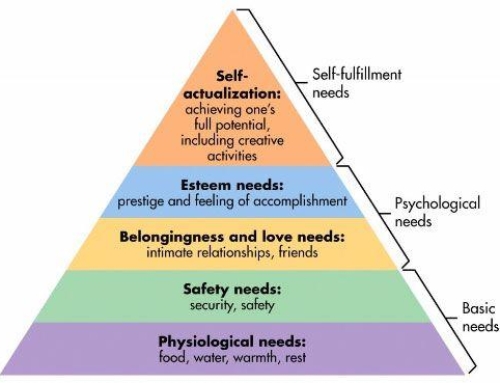Defining good and bad debt
Whether a given debt is good or bad depends on several factors. There’s the interest rate and the amount of time it will take you to pay back the loan. Then there’s the matter of what you’re borrowing the money for. Equally important to consider is your unique tolerance for debt.
By and large, good debt is borrowing that helps you build long-term wealth. Bad debt, on the other hand, can harm your credit and deplete your finances. The difference comes down to two factors: risk and cost.
“I would equate bad debt with taking on too much risk without the ability to repay it,” says David Mook, senior vice president and chief private banking officer at U.S. Bank Private Wealth Management. “Bad debt is either too risky or too costly.”
Credit card debt is probably the most common example of bad debt. The average card balance is $6,000 per person in the U.S.1 It’s considered to be a form of bad debt because of its high interest rates.
Car loans are another example of bad debt because they’re used to borrow money to buy an asset that depreciates. In general, Mook says, “Borrowing to support ongoing living expenses is not a good use of debt.”
Good debt may help you accomplish your objectives
Student loans are probably the most common example of good debt, given the correlation between a college degree and higher earnings throughout your career.2 But that’s just the start. “Good debt can help borrowers accomplish an objective or help them avoid a bad outcome,” says Mook.
When it comes to accomplishing your objectives, consider another common example of good debt: taking out a mortgage on a new house. For most people, it’s not possible to pay for a house outright. However, even if you were able to pay for it in one large payment, there are benefits to taking on debt for a home. Paying down a mortgage results in equity in a home as well as potential tax advantages. Plus, if you know you’ll be able to make your monthly payment, there is the additional benefit of improving your credit score by making the payments consistently.
Depending on your circumstances and risk tolerance, leveraged investing can be another good debt strategy. Say you’re investing $100 with an expected 10 percent rate of return. If you invested your own money, you would earn $10. But if you were to invest half your money and borrow for the other half, you could earn more, if the interest on the loan is less than 10 percent. In this example, says Mook, “you leveraged your return.”
Another potentially effective debt strategy involves using a loan to diversify your investment portfolio, especially for certain affluent individuals who hold a concentrated stock position in a single company. They can borrow against that concentrated position to buy stocks in other companies, making for a more balanced long-term investment strategy. An added benefit of borrowing against a concentrated stock position to diversify your portfolio is that you may defer paying the capital gains tax you would incur if you sold the concentrated stock.
Good debt may help you avoid bad outcomes
Mook relates the story of a client who owed a large tax payment on April 15, well before June when he was expecting to receive a cash payment. The client could have sold off some assets in his portfolio to pay the tax bill, but that would have required reconstructing his portfolio afterward, not to mention paying transaction costs and potentially more taxes. Instead, the client decided to take out a loan to pay the tax bill and then repaid the loan in June. “Avoiding disruption in your portfolio is an example of using debt effectively,” explains Mook.
You may want to consider using income generated from diversified investments to pay down bad debts. After assessing the amount of your bad debts, you may find that it makes financial sense to sell off an asset to quickly pay down your debts. This is where your personal debt tolerance comes in.
Assessing your debt tolerance
Your comfort level with a given amount of debt depends on your tolerance for risk. “It’s important that financial professionals explain the downside of taking on debt to clients, so that they can determine how comfortable they are with that risk,” says Mook.
For example, if you borrow to diversify your portfolio, are you willing to ride out a volatile stretch in the market? Also consider your time horizon: Are you determined to pay off an investment-related debt in two years, or would you be okay if it took longer? Questions like these can help you assess whether you feel comfortable taking on debt as a part of your investment strategy.
Mook says debt tolerance is different for everyone. “You always want to look at your cash flow and make sure you have enough income to service your debt,” says Mook. “But determining the amount of good debt you should take on is more art than science.” It’s important to talk with a financial professional before incorporating good debt into your financial strategy.
SOURCE: usbank.com





